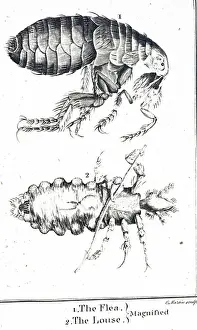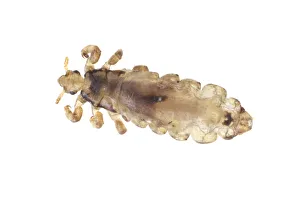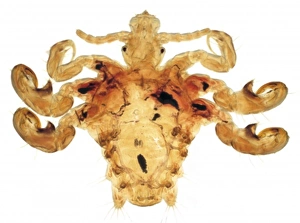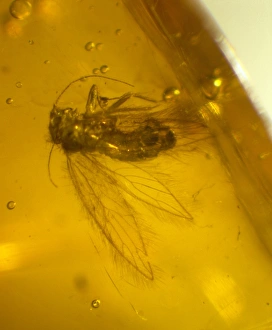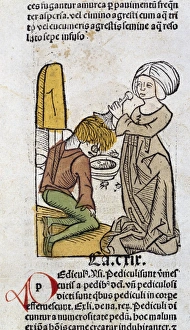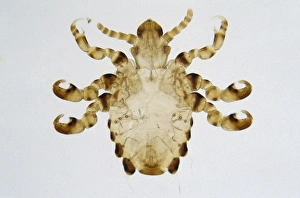Phthiraptera Collection
Phthiraptera, commonly known as lice, are a diverse group of parasitic insects that infest various animals and humans
All Professionally Made to Order for Quick Shipping
Phthiraptera, commonly known as lice, are a diverse group of parasitic insects that infest various animals and humans. Among the most well-known species is the Head Louse (Pediculus humanus capitus), which can be found in abundance at Brackenridge Field Laboratory in Austin, Travis County. Another notorious member is Pthirus pubis, also known as the crab louse, which infests the pubic region. The Human Louse (Pediculus humanus) is another common species that affects humans worldwide. Its top view reveals its intricate body structure and specialized adaptations for clinging onto hair strands. Feather lice are another fascinating type within Phthiraptera; their claws exhibit remarkable details when observed under a scanning electron microscope. Interestingly, not all lice exclusively target mammals or birds. Some species like barklice can be found trapped in amber from ancient times while others like Porcellio sp. , belonging to the woodlouse family, inhabit terrestrial environments. Phthiraptera encompasses more than just lice; it also includes other parasites such as copepods. These tiny crustaceans attach themselves to marine organisms like Glyptonotus antarcticus and feed on their host's blood or tissues. Phthiraptera represents an intriguing group of insects with diverse lifestyles and hosts ranging from humans to birds and even marine creatures. Their ability to adapt and survive across different ecosystems showcases their evolutionary success throughout history.

